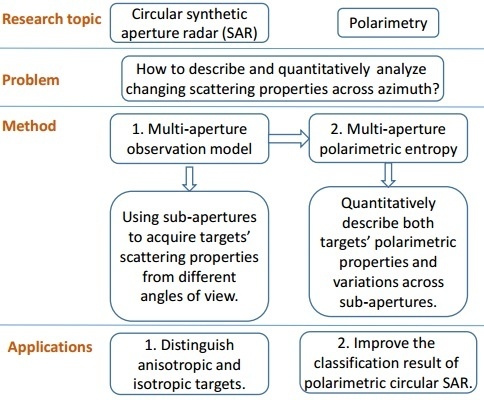Investigating Binge Eating Using Ecological Momentary Assessment: The Importance of an Appropriate Sampling Frequency
Author Contributions
Conflicts of Interest
References
- Dingemans, A.; Danner, U.; Parks, M. Emotion Regulation in Binge Eating Disorder: A Review. Nutrients 2017, 9. [Google Scholar] [CrossRef] [PubMed]
- Trull, T.J.; Ebner-Priemer, U. Ambulatory assessment. Annu. Rev. Clin. Psychol. 2013, 9, 151–176. [Google Scholar] [CrossRef] [PubMed]
- Haedt-Matt, A.A.; Keel, P.K. Revisiting the affect regulation model of binge eating: A meta-analysis of studies using ecological momentary assessment. Psychol. Bull. 2011, 137, 660–681. [Google Scholar] [CrossRef] [PubMed]
- Santangelo, P.; Reinhard, I.; Mussgay, L.; Steil, R.; Sawitzki, G.; Klein, C.; Trull, T.J.; Bohus, M.; Ebner-Priemer, U.W. Specificity of affective instability in patients with borderline personality disorder compared to posttraumatic stress disorder, bulimia nervosa, and healthy controls. J. Abnorm. Psychol. 2014, 123, 258–272. [Google Scholar] [CrossRef] [PubMed]
- Ebner-Priemer, U.W.; Sawitzki, G. Ambulatory Assessment of Affective Instability in Borderline Personality Disorder. Eur. J. Psychol. Assess. 2007, 23, 238–247. [Google Scholar] [CrossRef]


© 2018 by the authors. Licensee MDPI, Basel, Switzerland. This article is an open access article distributed under the terms and conditions of the Creative Commons Attribution (CC BY) license (http://creativecommons.org/licenses/by/4.0/).
Share and Cite
Kockler, T.D.; Santangelo, P.S.; Ebner-Priemer, U.W. Investigating Binge Eating Using Ecological Momentary Assessment: The Importance of an Appropriate Sampling Frequency. Nutrients 2018, 10, 105. https://doi.org/10.3390/nu10010105
Kockler TD, Santangelo PS, Ebner-Priemer UW. Investigating Binge Eating Using Ecological Momentary Assessment: The Importance of an Appropriate Sampling Frequency. Nutrients. 2018; 10(1):105. https://doi.org/10.3390/nu10010105
Chicago/Turabian StyleKockler, Tobias D., Philip S. Santangelo, and Ulrich W. Ebner-Priemer. 2018. "Investigating Binge Eating Using Ecological Momentary Assessment: The Importance of an Appropriate Sampling Frequency" Nutrients 10, no. 1: 105. https://doi.org/10.3390/nu10010105
APA StyleKockler, T. D., Santangelo, P. S., & Ebner-Priemer, U. W. (2018). Investigating Binge Eating Using Ecological Momentary Assessment: The Importance of an Appropriate Sampling Frequency. Nutrients, 10(1), 105. https://doi.org/10.3390/nu10010105





